Ponte Vecchio in Florence (Italy) - Old Brigde
Where is located Ponte Vecchio?
Address of Ponte Vecchio is Florence, Italy
show on map
When was built Ponte Vecchio?
Built date of Ponte Vecchio is 1335 - 1345
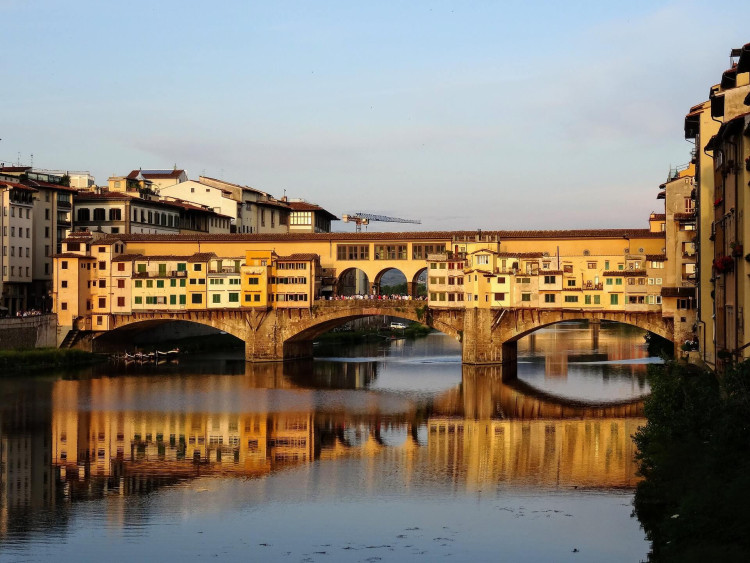
Facts, informations and history of Ponte Vecchio
Located in the heart of the city and the narrowest part of the Arno River, the Ponte Vecchio bridge is one of the most recognizable monuments of Florence and the world's bridges.
The origins of the structure date back to 996. After the destruction of the structure by the flood in 1117 and 1333, it was rebuilt. The current shape of the bridge was given in 1345 in accordance with the design of Neri di Fioravante and Taddeo Gaddi.
Ponte Vecchio is the oldest stone bridge in Europe. The first wooden bridge stood in this place already in the period of ancient Rome, the next two bridges were destroyed in the results of floods in 1117 and 1333. The current building replaced the wooden structure destroyed by flood 12 years earlier.
"Old Bridge" consists of three arches, the longest (middle) is 30 meters long, two side arches are 27 meters long. The height of the bows varies between 3.5 and 4.4 meters. The ratio of the arch span to its height is 5: 1.
Originally on the bridge, there were butchers and fish stores, later tanneries. In 1593, Prince Ferdynard I ordered their removal and allowed only goldsmiths 'and jewelers' workshops to be created here.
In the 14th century, small buildings were built on both sides of the bridge. In the 16th century, a decision was made to remove traders and create jewelery and goldsmith workshops. This tradition has survived to this day. On the bridge you will find numerous jewelry stores, after the fall of darkness there are also other sellers and various artists.
During World War II, unlike all other bridges in Florence, Ponte Vecchio was the only one not destroyed by the Germans during their retreat on August 4, 1944. However, access to the bridge was hampered by the destruction of the buildings at its both ends, thereby plugging both of its entrances.
On November 4, 1966, Florence was flooded. Although the water broke into the interiors of the shops of the "Old Bridge" and washed or mixed most of the gold with mud, but it survived the huge pressure of water.
The upper level of the bridge is a corridor called "Vasari's corridor" connecting the Vecchio Palace with the Uffizi Gallery in the Pitti Palace. It was built in 1565, when the ruling city of Kosma and Medicaeus stated that he needed a passage that would allow him to pass between two palaces without contact with the people he ruled. Today, this passage is an art gallery.
It is customary for well-known bridges to leave padlocks pinned to the bridge, in this way, after throwing the key to the river, the couple declare their love and devotion. From time to time padlocks were removed due to their excessive number. After such activities, serious damage to the construction of the bridge was noticed. Currently, it is forbidden to suspend padlocks on the bridge, failure to comply with this prohibition may result in a penalty of 50 Euro.
Architect of Ponte Vecchio
How many meters have Ponte Vecchio?
Height of Ponte Vecchio is 3.9 - 4.4 meters
Construction/building type
Building Ponte Vecchio is of type Stone bridge
Architectural style
Architectural style of Ponte Vecchio is Italian
The Italian architectural style is one of the most important and oldest architectural heritages in the world, originating from the ancient Roman and Etruscan civilisations. It is mainly characterised by elegance, lightness and harmonious proportions, as well as the use of classical architectural forms and motifs such as columns, arcades, sculptures and frescoes. ... czytaj więcej.
Other dimensions, parameters and frequently asked questions
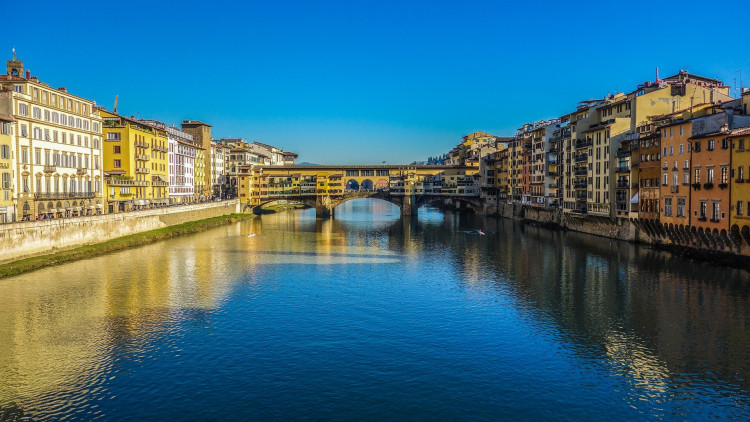
How many meters have Ponte Vecchio?
Ponte Vecchio have length 84 meters
What material is the building made of?
Ponte Vecchio is made of the following materials: Stone
Other names
The building is also known by other common names or in the original language, i.e. Most Złotników, Stary Most
Is the building on the UNESCO World Heritage List?

The listing took place in the year 1982.
Details of the entry are available on the Unesco website at https://whc.unesco.org/en/list/174bis/
Photo gallery Add photo
Location on map / How to get there



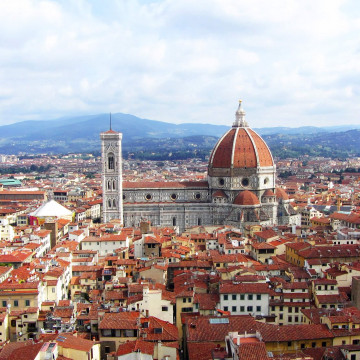






















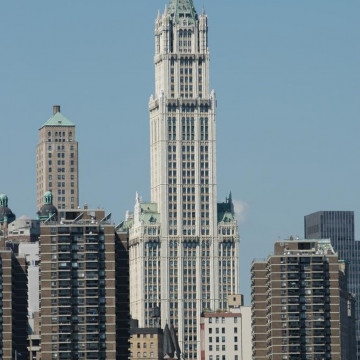
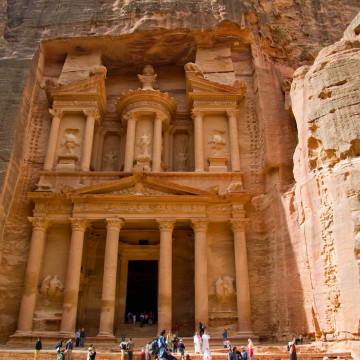
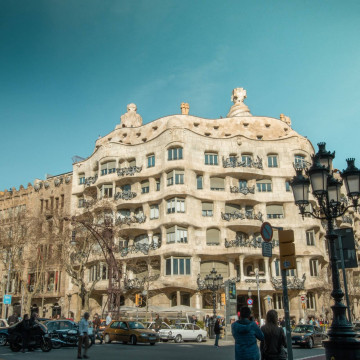
Comments to Ponte Vecchio (7) Average rating: 5 Add comment / Rate building
Based on 7 comments